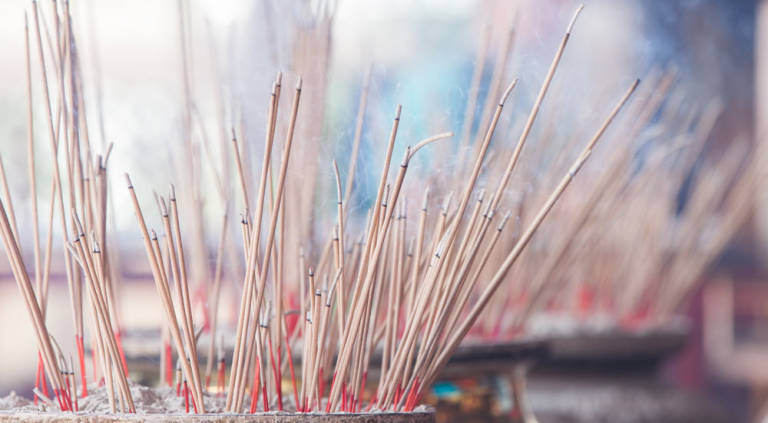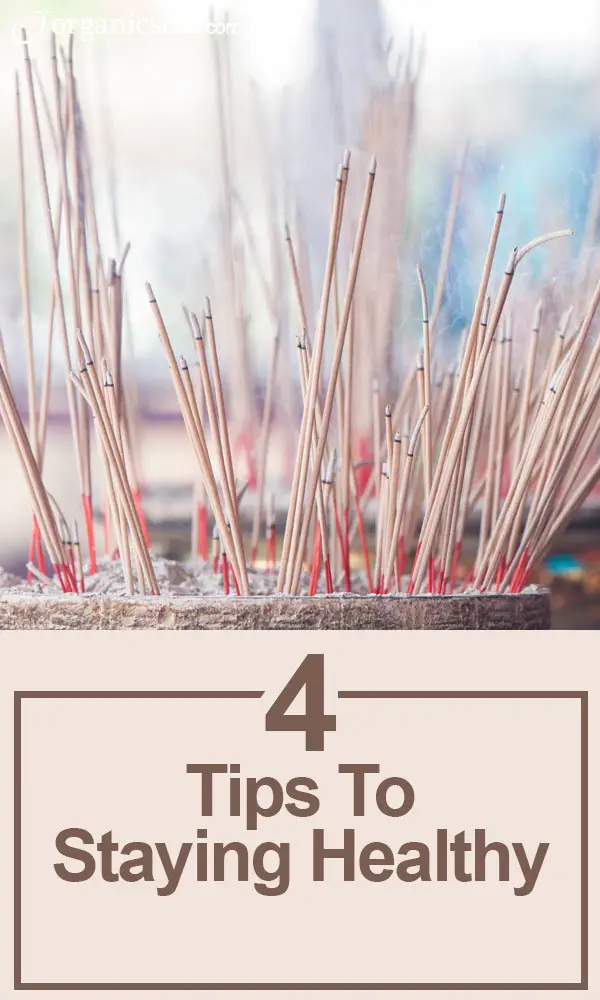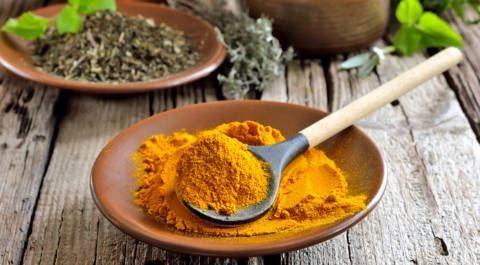
Incense can give your home a wonderful scent, and you probably know that it can also help you to relax when you’re practicing meditation or mindfulness exercises. However, you might well be wondering exactly what incense is, exactly what benefits it provides, and whether it’s safe.
Like Organic Soul on Facebook
Here’s everything you need to know…
What Is Incense Made Out Of?
Firstly, stick incense is generally made from bamboo sticks. The upper portion of these sticks are coated with an absorbent sawdust paste that retains fragrance. Meanwhile, the oils used to scent the sticks are typically derived from aromatic plants.
You can find plenty of different holders for incense sticks, which will also collect the ash as the incense burns. Provided these sticks have a core, they’re very safe and versatile.
However, incense also comes in the forms of cylinders and cones, which don’t usually have wooden cores and will instead burn away entirely. Many are charcoal-based, so they burn quickly and can produce a potent scent. They need to be burned in robust, heat-resistant holders—small, lidded brass bowls are among the most practical and effective.
Loose incense is also available, though it’s the trickiest to handle and requires most maintenance and supervision. The appropriate burner is essentially a small charcoal grill—most are made of brass, and you can light charcoal bricks inside them before placing loose incense on top.
Benefits Of Burning Incense
Regardless of the type of incense you choose, there are some exciting benefits associated with regular use. Almost any essential oil you can think of can be used in an incense product, and many such scents are linked to unique effects on mental and physical health.
For example, lavender incense can help you to feel calm and relaxed (which is perfect for rest or meditation), while a ginger-scented incense can boost focus and concentration if you’re working on an important project.
In addition to the properties associated with different essential oils used in incense, many people feel there is something soothing and restorative about the ritual of lighting incense before mindfulness, prayer, or even just a hot bath. It can play a wonderful part in your self-care, and several studies show a positive connection between incense and mental health.
Is Incense Smoke Dangerous?
There is currently no clear consensus on whether incense smoke can have a negative impact on lung and throat health—some research suggests a potential link to certain cancers, while others do not support this conclusion. Your body’s response to incense will likely depend in part on other risk factors, such as whether you have a history of smoking or suffer from a respiratory condition like asthma.
If you’re worried about using incense, consider leaving a window open and burning your incense for a time-limited period. Alternatively, look into using essential oils in a different way—massage, room sprays and bath soaks are all other ways to benefit from the soothing and restorative properties of oils like lavender, jasmine and sandalwood.
I’ve always been a big fan of incense, so I was pretty disappointed when I started finding articles about how incense can cause respiratory diseases and are usually made with synthetic perfumes and ingredients. According to research, it’s true; incense can lead to asthma, dermatitis, and some respiratory system related cancers.
However, as many researchers admit, the majority of people won’t stop using incense anytime soon, myself included. So, what’s the solution? Well, it begins with choosing the right incense, and then making the right choices when burning the incense. Incense can still be a regular custom, just as long as we burn it with our health in mind.
4 Incense Burning Tips
Tip #1 – Go Organic And All Natural
Like any other business, incense manufacturers have the choice of ingredients, and because of incense’s basic design, you can actually go organic and natural. Rather than choose a generic incense provider, look for one that commits to all natural ingredients. Fred Soll’s Incense, for example, uses natural resin from pines, amber, Boswellia Thurifera trees (frankincense), and myrrh.
Likewise, choose a company that only uses ingredients naturally arising from nature. Mereville Trust incense promises, “each fragrance is created from flowers, fruits, leaves, stalks, woods, roots, and resins that are harvested in accord with biodynamic principles in an environment of traditional organic agriculture, sustainable living, happiness in the workplace, and fair trade.” Sounds like the perfect fit!
Tip #2 – Get Proper Ventilation
Even if you’ve got a great incense provider, keep in mind that whatever you burn, no matter how pure, is going to release particulates into the air. The first easy way around this, though, is to keep everything properly ventilated – no smoke filled rooms! Crack a window or periodically move the incense around. This will help you healthy and make sure the whole house smells great!
Tip #3 – Try A Negative Ion Generator
Negative ion generators, like a Himalayan salt lamp, have been known to remove hazardous particulates like those released by incense for many years. They can also take out pollen, animal dander, bacteria, mold, and a whole host of other air particulates. The negative ions will seek out the positive particulates, clusters around them, and drop them to the floor. There, next time you sweep or vacuum you’ll pick them right up!
Tip #4 – Get An Air Purifier
If you’re uncertain about the negative ion generator, simply go with an air purifier. There are a lot of great brands out there, but what you’re really looking for is the HEPA filter. HEPA filters are incredibly strong, picking up particulates three tenths of a micron in size. Not only will this help with your incense problem, but also with the other air pollutants around your home. With this, you'll be able to enjoy the scent of your incense without the fear of pollutants!
















